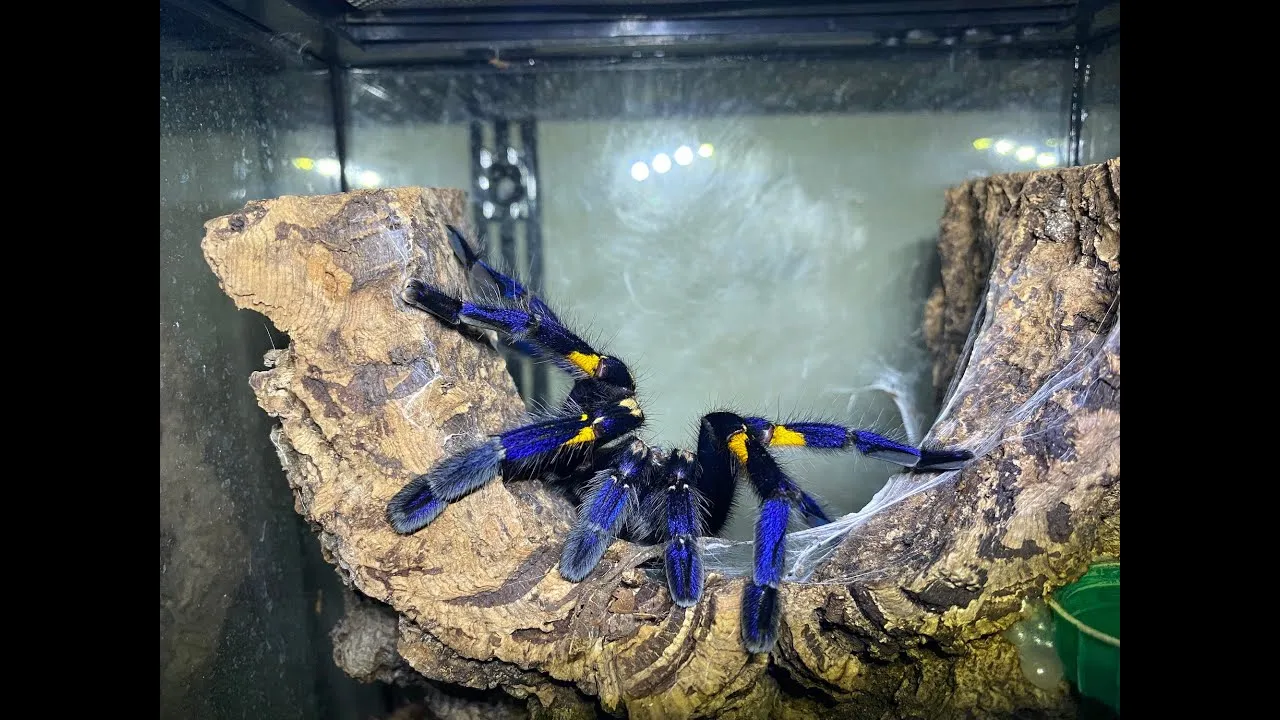Poecilotheria Tarantula Top 7 Facts
Poecilotheria tarantulas, often called Tiger spiders, are captivating and sometimes intimidating creatures. These arboreal tarantulas, native to the forests of India and Sri Lanka, are known for their striking appearance and complex behaviors. This article delves into seven fascinating facts about Poecilotheria tarantulas, exploring their unique characteristics, habitats, and the intriguing aspects of their lives. Whether you’re a seasoned arachnid enthusiast or simply curious about these fascinating spiders, this guide will provide valuable insights.
Appearance and Identification
Identifying a Poecilotheria tarantula requires a keen eye for detail, considering their diverse patterns and colors. These spiders are characterized by their arboreal lifestyle, living primarily in trees. Their leg spans can range from 6 to 10 inches, making them quite large. These spiders have a unique set of features that separate them from other tarantula species. Understanding these characteristics is crucial for both enthusiasts and researchers alike.
Size and Physical Characteristics
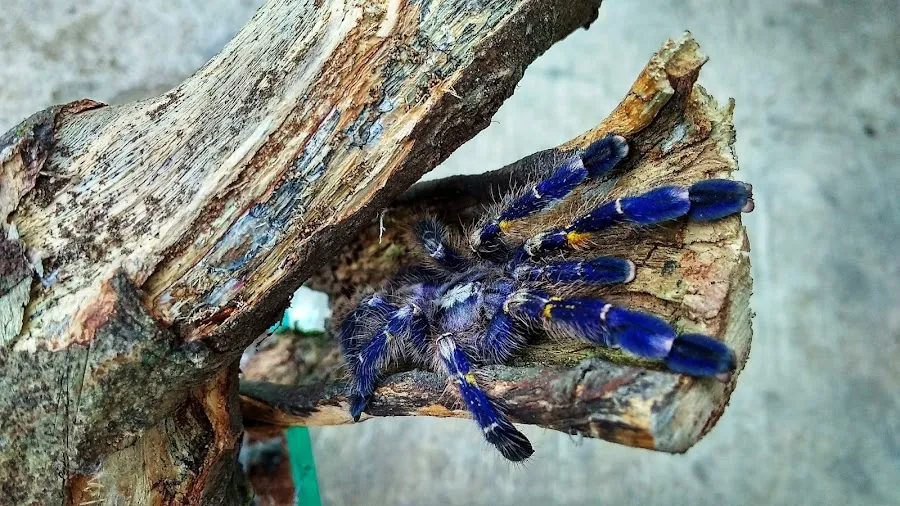
Poecilotheria tarantulas exhibit significant variation in size among different species. The size is often measured by their leg span. Generally, these spiders can have a leg span between 6 to 10 inches. The body, including the cephalothorax and abdomen, makes up a smaller portion of their overall size. They have robust bodies and powerful legs, adapted for climbing and hunting. These spiders also have a carapace, the upper shell of the cephalothorax, that is often distinctively patterned.
Coloration and Markings
Coloration and markings are key to identifying different Poecilotheria species. Many species have intricate patterns on their legs and bodies, including stripes, spots, and bands of various colors. Colors often include shades of black, grey, yellow, white, and orange. For instance, Poecilotheria regalis showcases striking black and yellow bands, while Poecilotheria metallica is famous for its iridescent blue coloration. Markings serve not only as a means of identification but also possibly for camouflage in their natural habitat.
Habitat and Distribution
Poecilotheria tarantulas are native to specific regions in Asia, primarily inhabiting the tropical forests of India and Sri Lanka. Their distribution is limited to areas with specific climatic conditions and suitable environments. These spiders’ habitat plays a crucial role in their survival and behavior. They are arboreal, meaning they spend most of their time in trees. They are well-adapted to their forest homes.
Natural Environment
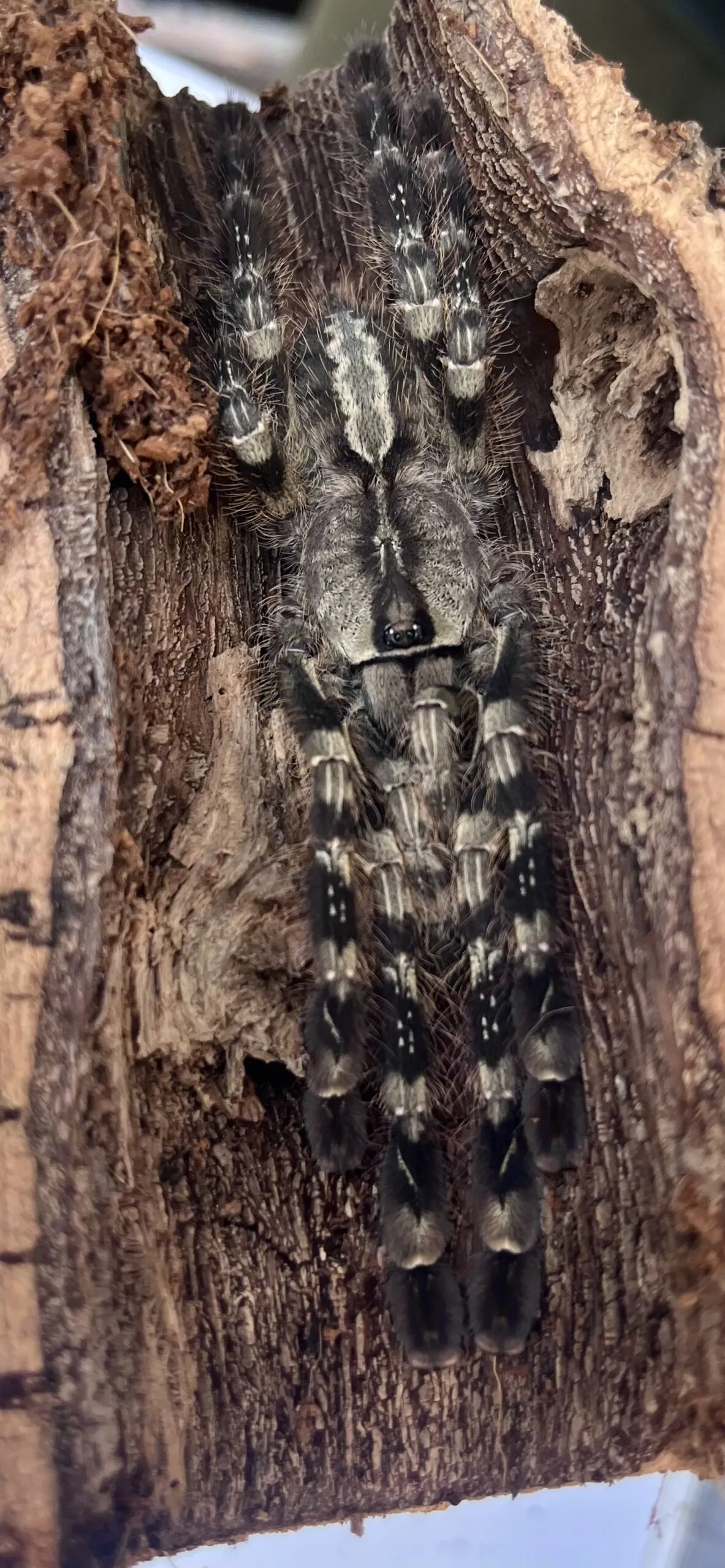
The natural environment of Poecilotheria tarantulas is characterized by high humidity, warm temperatures, and dense vegetation. They typically reside in tree hollows, under loose bark, or among the leaves of tall trees. The forest canopy provides them with protection from predators and suitable conditions for hunting. They build webs to provide shelter and aid in catching prey. The intricate ecosystems they inhabit are crucial for their survival and contribute to the biodiversity of the region.
Geographical Range
The geographical range of Poecilotheria tarantulas is restricted to specific areas in India and Sri Lanka. Their presence is largely determined by factors like suitable climatic conditions and the availability of prey. Some species have very localized distributions, found only in certain regions. Habitat loss and climate change are major threats to these spiders. Understanding their geographical range is essential for conservation efforts aimed at protecting their populations.
Behavior and Temperament
Poecilotheria tarantulas are known for their skittish and defensive behavior. Their temperament can vary between species, but they are generally considered more aggressive than some other tarantula species. They are fast movers and can exhibit unpredictable behavior, especially when threatened. Their defensive mechanisms and hunting strategies reflect their adaptation to the arboreal lifestyle.
Defensive Mechanisms
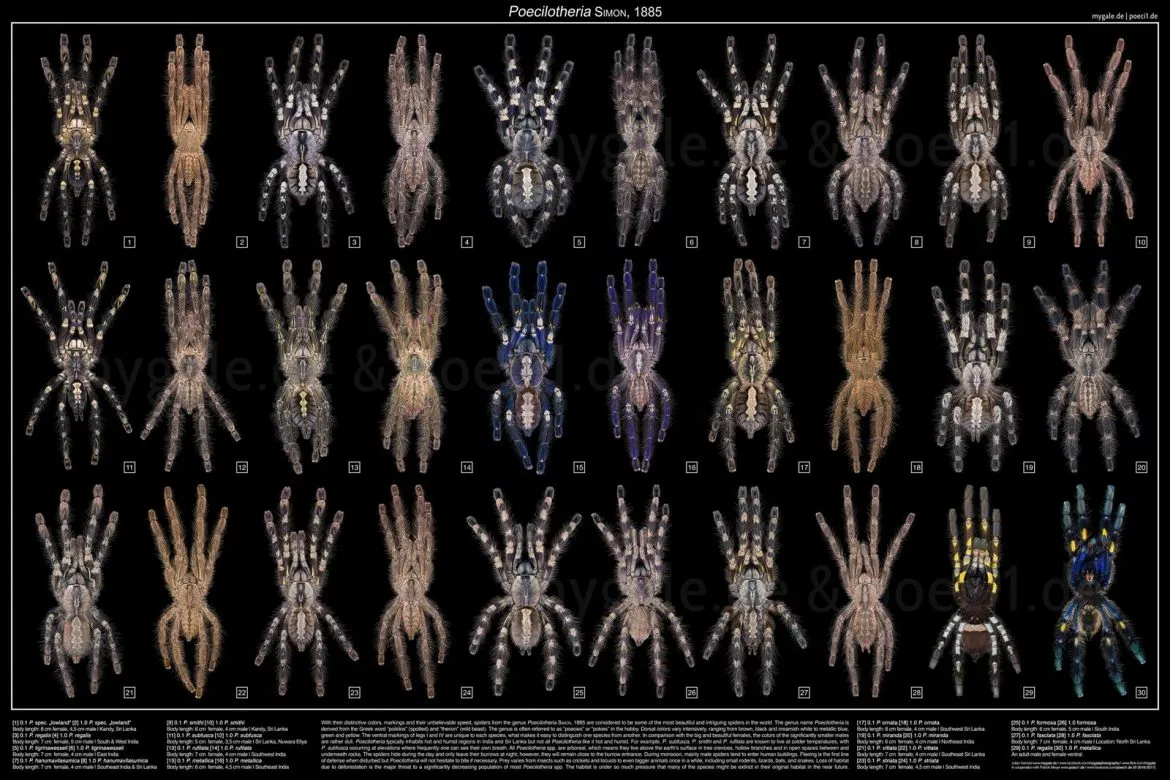
When threatened, Poecilotheria tarantulas use several defensive mechanisms. They can raise their front legs to appear larger. They may flick urticating hairs from their abdomen. Their primary defense is their potent venom, which they inject through their fangs. They are also very fast, making them difficult to catch. Due to their defensive behaviors, caution is important when handling them.
Hunting and Feeding Habits
Poecilotheria tarantulas are ambush predators, patiently waiting for prey to come within range. They feed primarily on insects, but they can also consume small vertebrates like lizards or even small birds. They use their venom to immobilize prey before consuming it. Their hunting strategy is well-suited to their arboreal lifestyle, allowing them to efficiently catch their food. They also build webs to ensnare insects.
Venom and Safety
The venom of Poecilotheria tarantulas is potent, and while not usually life-threatening to humans, it can cause significant discomfort. Their venom has complex components that cause localized pain, muscle cramps, and other systemic effects. While fatalities from their bites are rare, proper precautions and understanding are necessary when handling these spiders.
Toxicity and Effects
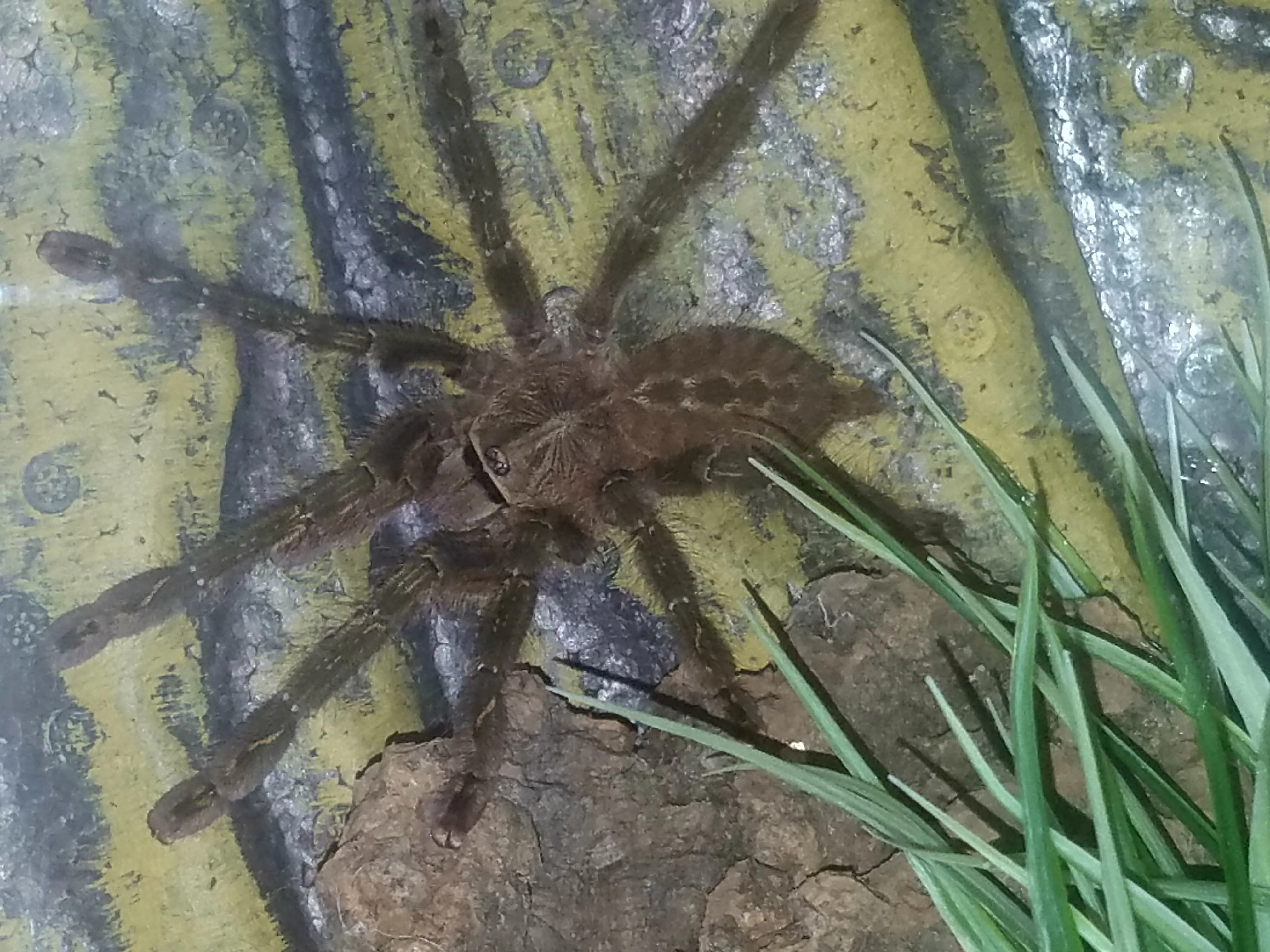
The effects of a Poecilotheria tarantula bite can vary depending on the amount of venom injected and the individual’s sensitivity. Common symptoms include severe pain, swelling, muscle cramps, and sometimes nausea. Although rarely fatal, the effects can last for several days. Seeking medical attention is advisable if bitten, especially if symptoms are severe or if the person is allergic.
Handling Precautions
Handling Poecilotheria tarantulas should be done with extreme caution. They are best observed within their enclosures to avoid any risk of bites. If handling is necessary, it should be done by experienced keepers. Always use long tongs and avoid any sudden movements. It’s essential to be aware of their potential for defensive behaviors.
Lifespan and Reproduction
The lifespan and reproduction of Poecilotheria tarantulas differ. The females live longer, while the males typically have shorter lifespans. Reproduction involves mating rituals and the careful management of egg sacs. Captive breeding has become a way to help conservation efforts for these species.
Mating and Egg Sacs
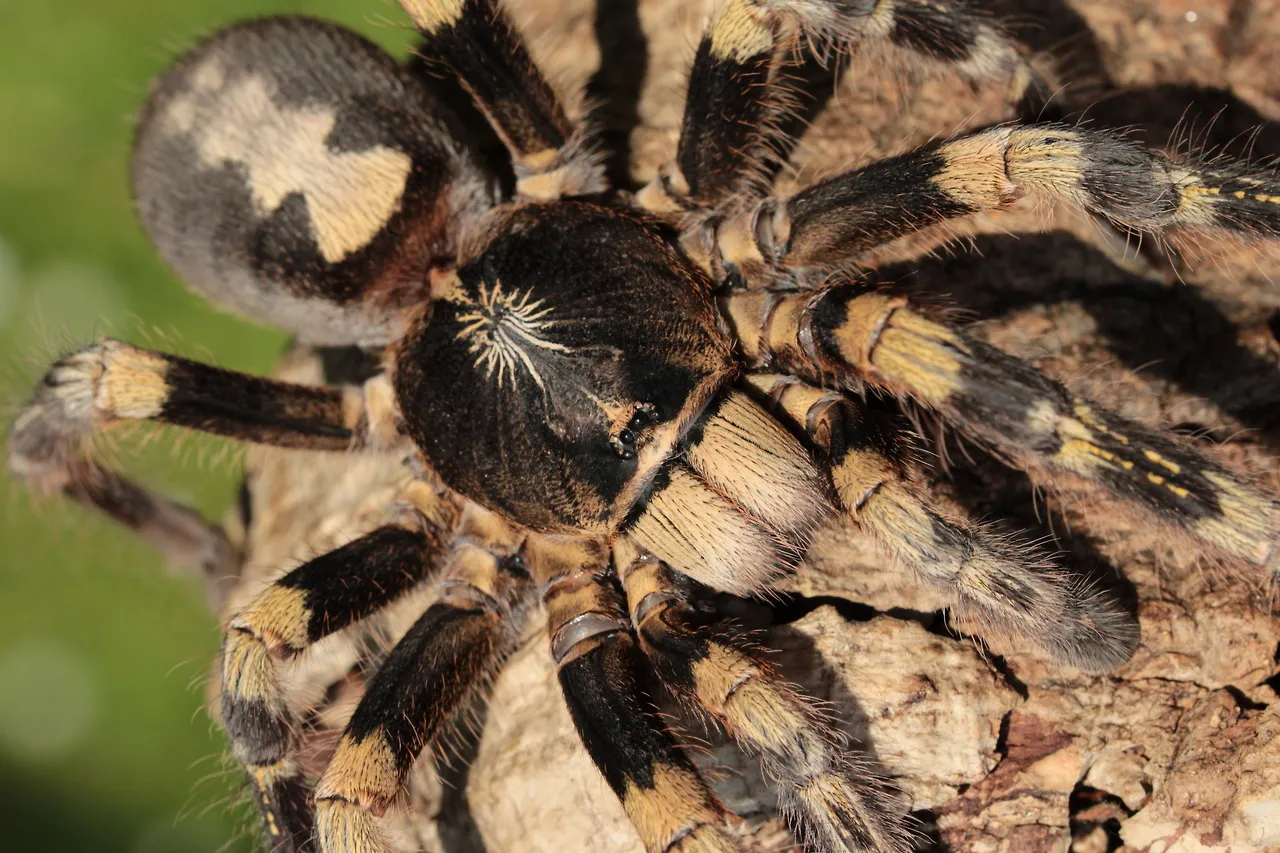
Mating in Poecilotheria tarantulas involves the male transferring sperm to the female. The female then lays eggs, which she encapsulates in an egg sac made of silk. She diligently guards this egg sac, which can contain hundreds of spiderlings. The incubation period and the survival of the spiderlings depend on many factors, including temperature and humidity. The success of the mating process also depends on a careful balance of environmental factors.
Lifespan in Captivity
In captivity, the lifespan of Poecilotheria tarantulas can vary based on the species and care provided. Females can live for 10-15 years. Males typically have a shorter lifespan, often only living for a few years after reaching maturity. Proper husbandry, including appropriate temperature, humidity, and diet, is crucial to maximizing their lifespan in captivity.
Conservation Status
Many Poecilotheria species face conservation challenges. Habitat loss, illegal pet trade, and climate change pose serious threats to their populations. Several initiatives are underway to protect these species.
Threats to Poecilotheria Species
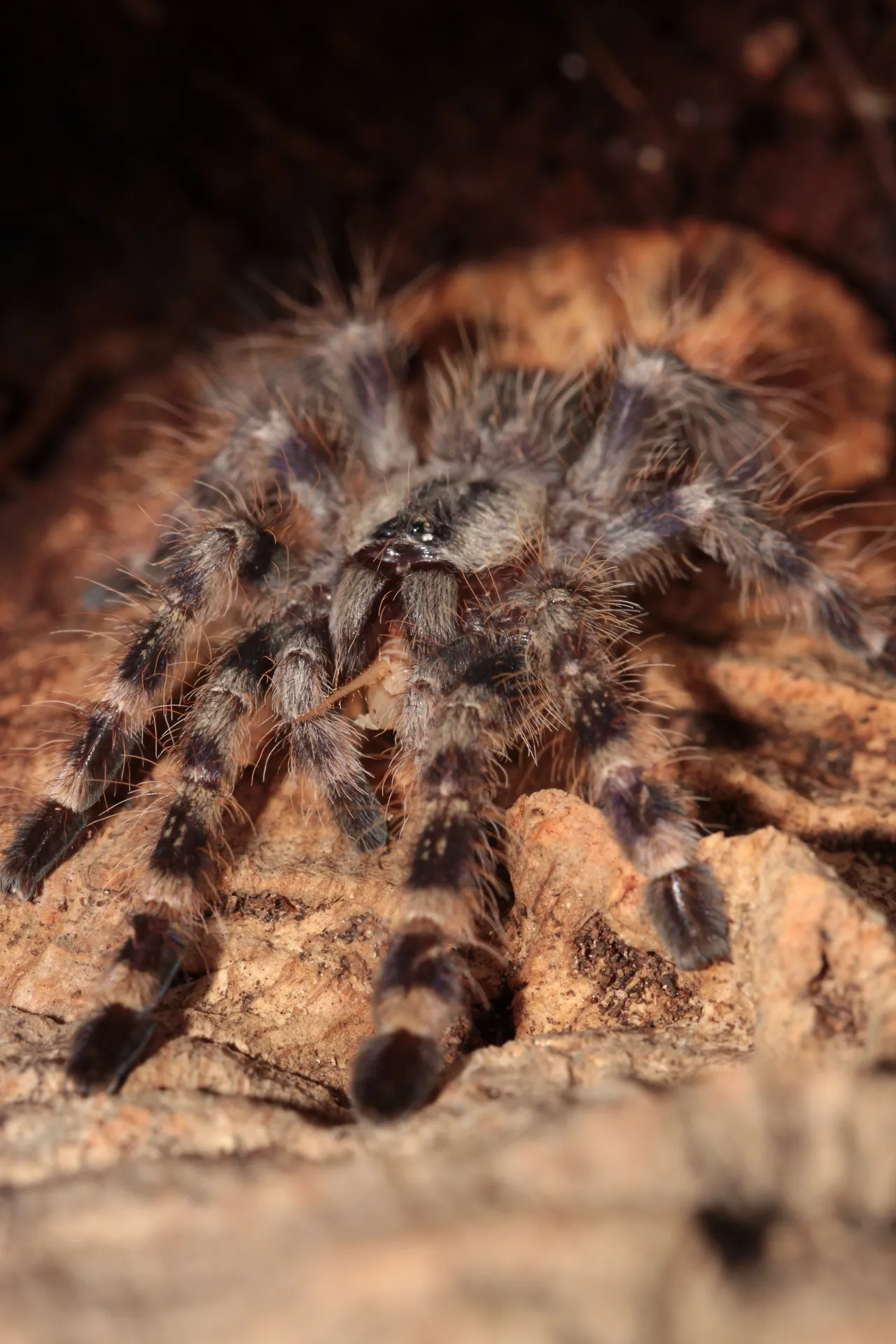
The primary threats to Poecilotheria tarantulas are habitat destruction and the illegal pet trade. Deforestation and agricultural expansion have resulted in a significant loss of their natural habitat. These spiders are often captured from the wild for the exotic pet trade. Climate change also affects their habitats and can lead to population declines. Protecting these species requires addressing these threats through conservation measures.
Conservation Efforts
Conservation efforts for Poecilotheria tarantulas involve habitat preservation, anti-poaching measures, and captive breeding programs. Protecting their habitats and enforcing laws against illegal trade are critical steps. Captive breeding programs also play a role in maintaining genetic diversity and ensuring the survival of these spiders. Education and awareness campaigns help increase public knowledge and support for their conservation.
Popular Poecilotheria Species
Several Poecilotheria species are popular among tarantula enthusiasts. Each species has unique characteristics in terms of appearance, behavior, and care requirements. Some species are more commonly found in the pet trade than others, and they vary in terms of availability and price.
Poecilotheria regalis

Poecilotheria regalis, or the Indian Ornamental Tarantula, is known for its striking appearance. It has black and yellow bands on its legs and a characteristic pattern on its abdomen. This species is relatively common in the pet trade. While it is beautiful, it demands responsible handling. It is one of the more popular species among enthusiasts.
Poecilotheria metallica
Poecilotheria metallica, also known as the Gooty Sapphire Ornamental, is prized for its vibrant blue coloration. This spider is considered a more challenging species to keep because of its requirements. Its iridescent blue hue is particularly striking, making it a favorite among collectors. It is native to a small area of India, which makes it a valuable specimen.
Poecilotheria ornata
Poecilotheria ornata, or the Fringed Ornamental, is another stunning species with a unique pattern of coloration. It is known for the distinct fringing of the legs. It has a more complex pattern than other species. It is also a popular choice for experienced keepers. Like other species, it is important to research its specific needs.
In conclusion, Poecilotheria tarantulas are remarkable creatures that captivate enthusiasts with their beauty and complexity. From their striking appearances and defensive mechanisms to their intricate behaviors and conservation needs, these spiders offer a fascinating glimpse into the world of arachnids. Understanding their unique characteristics, habitats, and the challenges they face is crucial for appreciating and protecting these amazing species.
